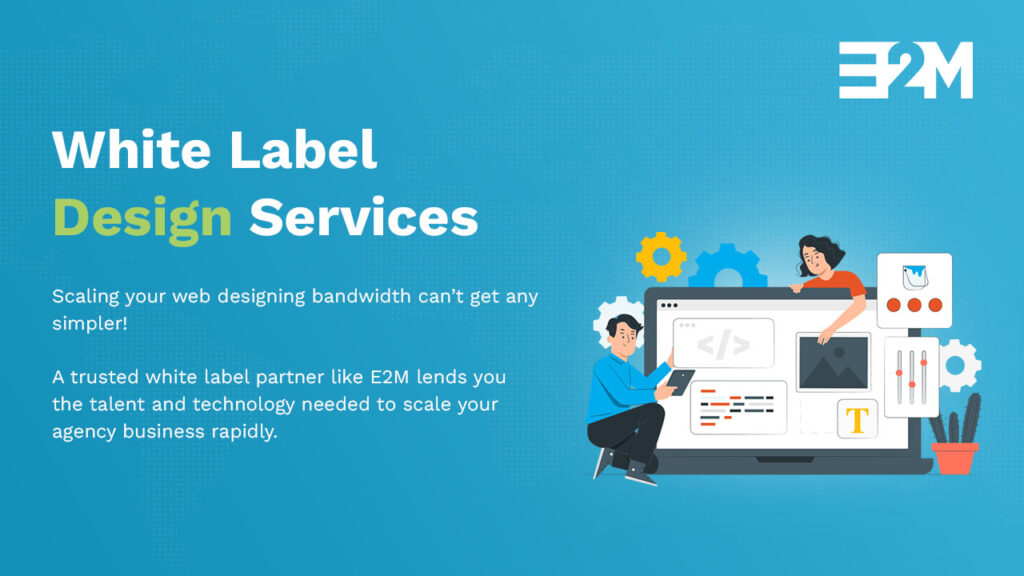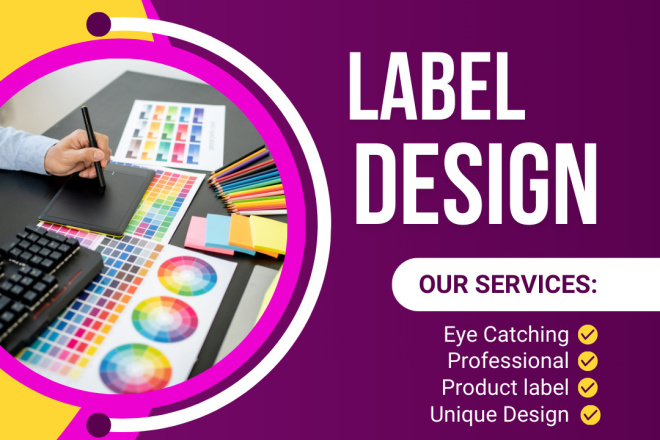Label Design: Crafting Labels That Capture Attention and Communicate Your Brand
Label design plays a crucial role in how your product is perceived by consumers. A well-designed label can grab attention, convey important information, and reflect the quality and identity of your brand. Whether you’re creating labels for food products, cosmetics, or any other type of packaging, understanding the principles of effective label design is essential. In this article, we will explore key aspects of label design, common pitfalls to avoid, and tips for creating labels that not only stand out but also effectively communicate your brand’s message.
The Importance of Label Design
Why Label Design Matters
Label design is often the first point of interaction between your product and potential customers. A visually appealing and informative label can make the difference between a customer picking up your product or passing it by. Beyond aesthetics, label design also serves a functional purpose, providing essential information such as ingredients, usage instructions, and safety warnings. Effective label design can build brand recognition, instill trust, and even influence purchasing decisions.
Brand Identity and Label Design
Your label should be a reflection of your brand’s identity. It should communicate the values, quality, and personality of your brand through visual elements such as color, typography, and imagery. Consistency in design across your product range helps reinforce your brand’s identity and makes it easier for customers to recognize your products on the shelves.

Key Elements of Effective Label Design
Clarity and Readability
One of the most important aspects of label design is clarity. Your label should be easy to read, with clear fonts and sufficient contrast between text and background. Essential information, such as the product name, should be prominently displayed and easily legible from a distance. Avoid overcrowding the label with too much text; instead, focus on the key information that customers need to know.
Eye-Catching Visuals
In a crowded marketplace, your label needs to stand out. Eye-catching visuals, such as bold colors, unique graphics, and striking typography, can help draw attention to your product. However, it’s important to balance visual appeal with functionality—don’t let the design elements overshadow the essential information on the label.
Material and Finish
The material and finish of your label can significantly impact its overall appearance and durability. Depending on the product, you may choose from materials like paper, plastic, or metallic finishes. A matte finish can give a product a more natural, organic feel, while a glossy finish can add a touch of luxury. Consider the environment in which the product will be used (e.g., wet or dry conditions) when choosing the material and finish for your label.
Compliance with Regulations
It is not just about creativity; it’s also about compliance. Different industries have specific regulations regarding what information must be included on labels, such as nutritional facts, allergen warnings, and expiration dates. Make sure your label adheres to these regulations to avoid legal issues and ensure that your product can be sold in your target markets.
Common Label Design Mistakes to Avoid
Overcomplicating the Design
While it’s important for your label to be visually appealing, overcomplicating the design with too many elements can be counterproductive. A cluttered label can confuse customers and make it difficult for them to find the information they need. Keep the design clean and focused, highlighting the most important aspects of your product.
Ignoring the Target Audience
Your should resonate with your target audience. Ignoring the preferences and expectations of your target market can result in a label that doesn’t connect with potential customers. For instance, a label for a luxury skincare product should exude elegance and sophistication, while a label for a children’s snack should be playful and fun.
Poor Quality Printing
Even the best it can be ruined by poor-quality printing. Low-resolution images, misaligned text, and inconsistent colors can make your product look unprofessional. Invest in high-quality printing to ensure that your label looks sharp and polished, reinforcing the perception of quality in your product.
Neglecting the Back of the Label
While the front of the label is crucial for attracting attention, the back of the label is equally important for providing detailed information. Don’t neglect the design of the back label—ensure that it’s well-organized and includes all the necessary information, such as ingredients, usage instructions, and contact details.
Tips for Creating Effective Label Design
Understand Your Product and Brand
Before you start designing your label, take the time to understand your product and brand. What message do you want to convey? Who is your target audience? What makes your product unique? Answering these questions will help you create a label that accurately reflects your brand and appeals to your customers.
Choose the Right Color Scheme
Color plays a significant role in label design, as it can evoke emotions and convey meaning. Choose a color scheme that aligns with your brand’s identity and resonates with your target audience. For example, green is often associated with health and sustainability, making it a popular choice for organic or eco-friendly products.
Focus on Legibility
Legibility should be a top priority in label design. Choose fonts that are easy to read, even at small sizes, and ensure there is enough contrast between the text and background. Avoid using overly decorative fonts that may be difficult to read or that may not align with your brand’s image.
Incorporate Your Logo
Your logo is an essential part of your brand’s identity, and it should be prominently featured on your label. The logo helps reinforce brand recognition and ensures that customers can easily identify your product among competitors. Place the logo in a prominent position on the label, such as at the top or center.
Test Your Design
Before finalizing your label design, test it in different contexts. Print out a sample label and place it on your product to see how it looks in real life. Consider how the label will appear on store shelves, in promotional materials, and on digital platforms. Make any necessary adjustments to ensure that your label looks great in all scenarios.
Conclusion: The Power of Effective Label Design
It is a powerful tool for communicating your brand’s message and influencing purchasing decisions. By focusing on clarity, eye-catching visuals, and quality materials, you can create labels that not only stand out but also effectively convey important information. Avoid common design mistakes, understand your target audience, and test your design in various contexts to ensure that your labels make a strong impact. A well-designed label can elevate your product and help your brand succeed in a competitive marketplace.





